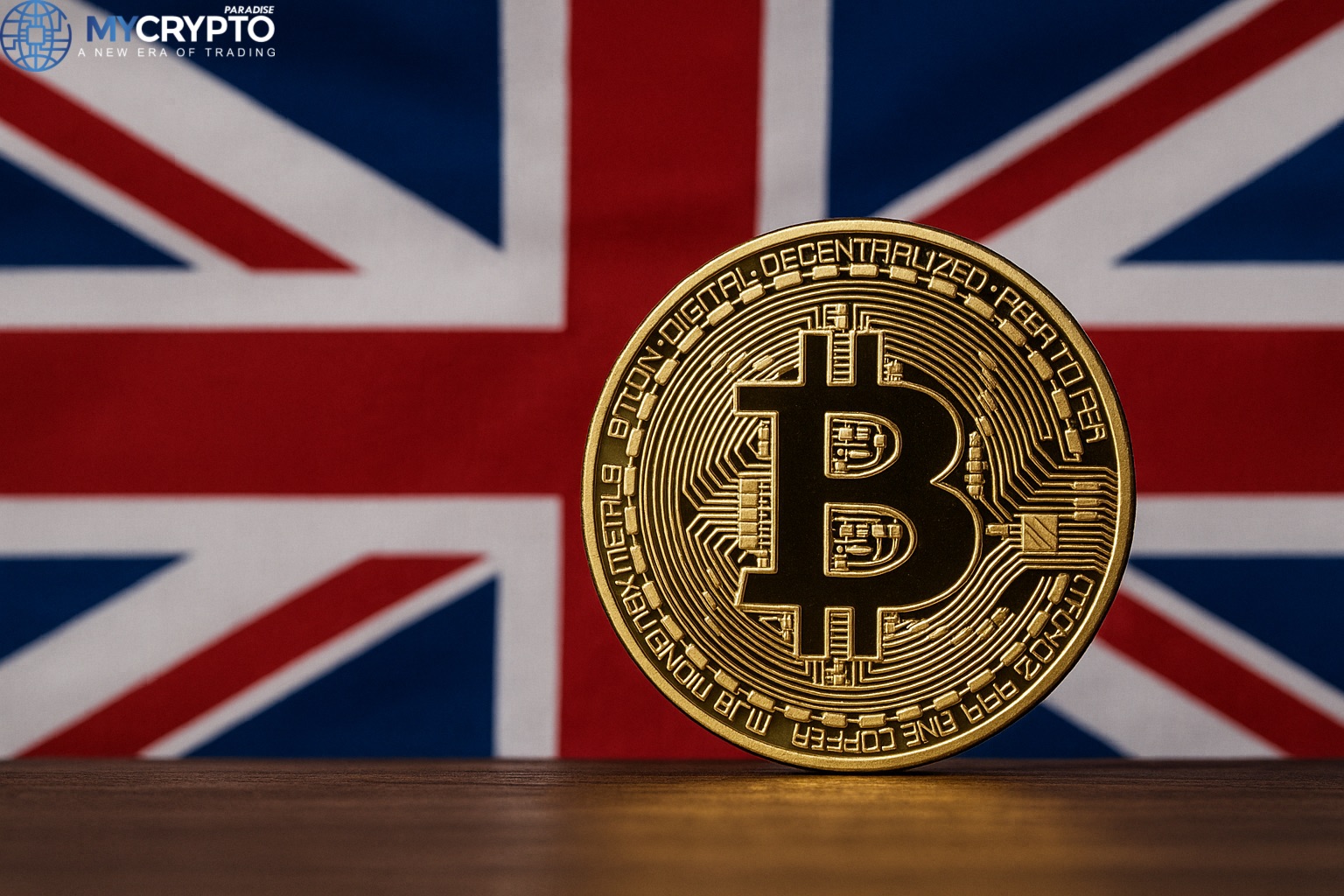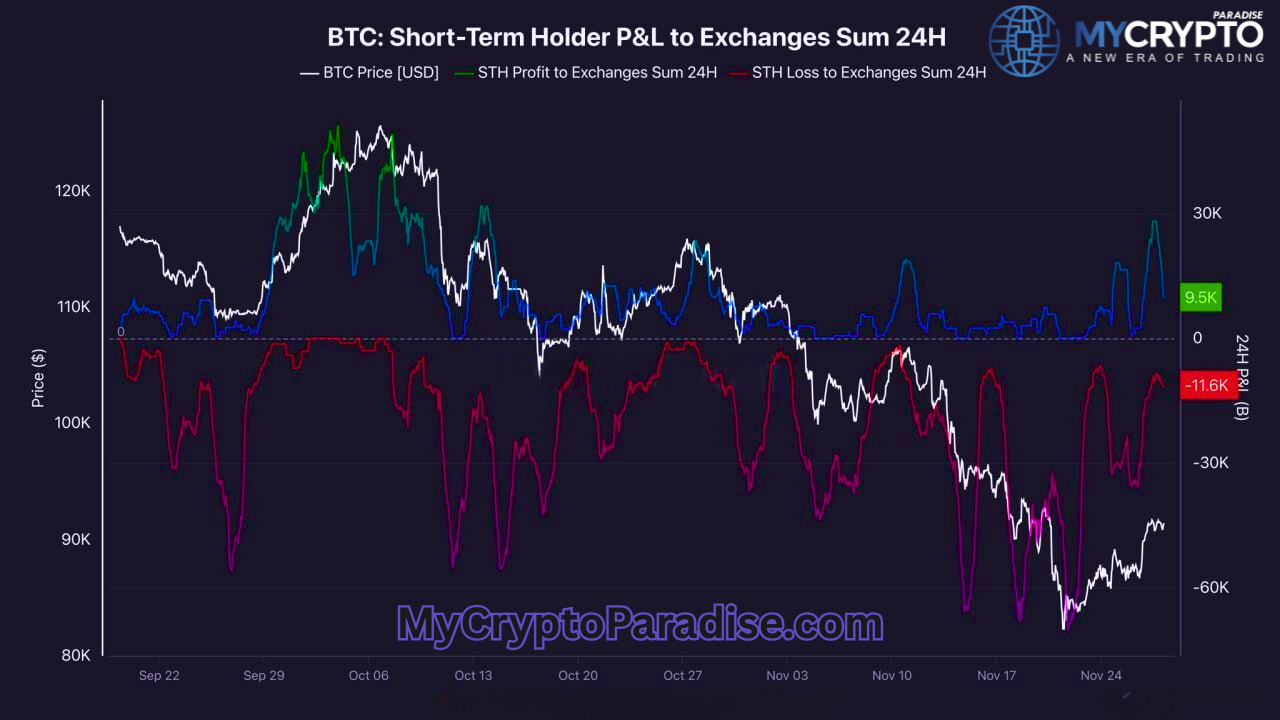In today’s modern world, many forms of currency have become popular when conducting transactions in finance. Despite the use of fiat currencies in which everyone transacts and conducts business, its use cases in the digital world seem underwhelming. A significant reason is the rise of cryptocurrencies backed by blockchain technology are now considered the best alternative forms of payment.
Yet, the decentralized efforts of cryptocurrency create a lot of uncertainty, so central banks around the globe are exploring the option of issuing digital currencies. These digital currencies will have the Government’s full support, just like fiat currencies and they are referred to as the Central Bank Digital Currencies (CBDCs).
This article will provide intriguing insights into Central Bank Digital Currencies (CBDCs). It will consider the central banks’ reason for issuing this digital currency and the unique types of CBDCs.
Being a crypto enthusiast reflect in the number of trades you’ve actually won, or the level of management of portfolio, meanwhile, nobody is an island of knowledge, however your expertise, you can always learn more, MyCryptoParadise has a group of experts with many years of trading experience in cryptocurrency, you should be a beneficiary of our topnotch crypto trading skills.
We do not only share free trading signals on MyCryptoParadise channels, the Paradise Team through our ParadiseFamilyVIP dispenses life-changing information and education to our ParadiseFamilyVIP on Binance (Spot&Futures), Kucoin, Bybit, and Bitmex which we strongly recommend for our BTC and ETH exclusive trading.
We share our personal trading signals to our VIP members with little or no effort required from them to win trades, in fact, you don’t need to be an expert, we will walk you through the process of winning trades. Isn’t that sexy?
Use PRO20% for your special 20% discount today as the promo expires soon. Click here to see reviews from happy clients.
Understanding Central Bank Digital Currencies (CBDCs)
If you are familiar with the idea of cryptocurrencies, stablecoins, and any virtual currencies, CBDCs take a similar path but a different approach. CBDCs are digital money created and issued by the central bank of a particular country and made available to the general public to pay for goods and services.
Central Bank Digital Currencies (CBDCs) represent the legal tender in the national unit (such as the U.S. Dollar, British Pound, Swiss Franc, or Japanese Yen), with the central bank or the Government fully responsible for its issuance and regulations. This complete control of CBDCs offered by central banks provides more security and less volatility than other digital currencies.
How are CBDCs different from cryptocurrencies? A few CBDCs issued by central banks are blockchain-based; the difference between digital currencies is the centralized entities that control CBDCs. These entities include the Government and the central banks. However, cryptocurrency is not regulated nor issued by a centralized entity or authority; instead, it is decentralized and managed by consensus mechanisms agreed upon by the network of computers.
The Need For Central Bank Digital Currencies
The need for central banks to issue and control CBDCs to users is evident when considering how the payments of products and services have evolved over the years. With improved payment technology, financial technology (Fintech) companies are creating new and innovative ideas for users to pay for products and services, usually at the tap of a button on their smartphones.
In addition, since the global pandemic, e-commerce has taken the world by storm. As a result, people are going cashless, as they prefer digital payments when shopping online via credit/debit cards, NFC tags, or other electronic payment devices. This position has led more than 100 central banks worldwide to research and develop CBDCs to key into the dynamic financial systems.
With certainty, many countries will embrace and issue Central Bank Digital Currencies to users in the coming decade. A few countries have recorded success in giving their respective CBDCs. The Bahamas issued the Sand Dollar, which is currently in circulation. In China, the digital renminbi (or e-CNY) is used by hundreds of millions of individuals to transact billions of yuan. In Nigeria, the e-Naira was introduced as the country’s CBDC.
Understanding and examining the need for Central Bank Digital Currencies (CBDCs) enables us to consider one significant feature; a country’s central bank only issues CBDCs for the citizens’ use. Just like fiat currency, one size does not fit all. Hence, the central bank regulates and controls the issuance of these digital currencies to prevent inflation or price fluctuations prevalent in other digital currency forms.
Types Of Central Bank Digital Currencies
Here are the two kinds of Central Bank Digital Currencies (CBDCs) issued to serve specific purposes: Retail Central Bank Digital Currencies and Wholesale Central Bank Digital Currencies.
The central banks issue retail CBDCs to individuals for general use. They are also known as general-purpose CBDCs. The idea of Retail CBDCs is to serve as payment options for users when they buy products and services. Also, central banks aim to take the lead in the fintech industry by speeding up cashless transactions and assisting in achieving a paperless economy.
Wholesale CBDCs are reserved for banks or financial institutions.They act as reserve deposits. Wholesale CBDCs are increasing efficiency in domestic and cross-border payments and improving security. Hence, they reduce banking fraud, counterparty credit, and liquidity risks.
Final Thoughts
The central banks issue CBDCs to encourage economic growth in the financial space. Their architecture is based on private blockchains where central banks monitor, control, and regulate the flow of these digital currencies. Also, it increases payment efficiency and reduces banking fraud.
However, Central Bank’s Digital Currencies are reserved for payments of products and services. The central entities prohibit users from stockpiling or investing in CBDCs, which directly opposes cryptocurrencies and other digital currencies that the central bank does not issue.
A well-designed CBDCs provided by central banks will offer an unparalleled, secure and efficient financial payment system which will pave the way to improved payment technology and contribute to the global economy’s overall health.
Join our telegram channels where we share our FREE updates and analysis on coins like BTC, ETH, and other trending altcoins. We also share our FREE secret insights. And also FREE market updates.
- My Binance Paradise – https://t.me/MCP_binance
- My KuCoin Paradise – https://t.me/MCP_KuCoin













